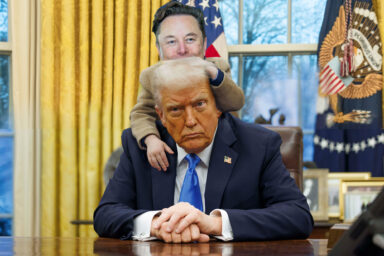We’ve heard a lot rumbling from the banks in the past several weeks about how committed they are to repaying the TARP money they have received at the soonest opportunity. The motive of such talk is clear:
Paying back TARP money would clearly be seen as a sign of strength,” Douglas Elliott, fellow at Brookings Institute and former investment banker at JPMorgan, told The A.P. ”It would be much easier for a Goldman Sachs to hire someone from another bank if it’s not bound by TARP restrictions.”
Forgotten in all this chatter, as Dean Baker points out in his Guardian op-ed “Waterboard the Fed?”, is the $2 trillion that the Federal Reserve has lent the banks and non-financial institutions under secrecy so strict, not even the Fed’s inspector general knows where the money went and under what terms:
[T]here is no public paper trail for the Fed’s loans, even though it has more than three times as much money outstanding as does the Treasury through the Tarp. The Fed has only provided aggregate information on the amount of loans in each of its various lending programs, and general information on the terms of the loans and the types of collateral received.
However, it is not possible to find out in detail how much money Goldman Sachs borrowed, for example, at what interest rate, and which assets it posted as collateral. The Fed has explicitly refused to make information about specific borrowers public. In fact, the inspector general who has the responsibility for overseeing the Fed told congress that she does not have this information. Apparently the Fed doesn’t even trust its inspector general with information on its lending practices.
When the top banks ballyhoo their repayments of TARP money, will our financial reporters ask them whether they also received money from the Fed and when they expect to pay that back?


